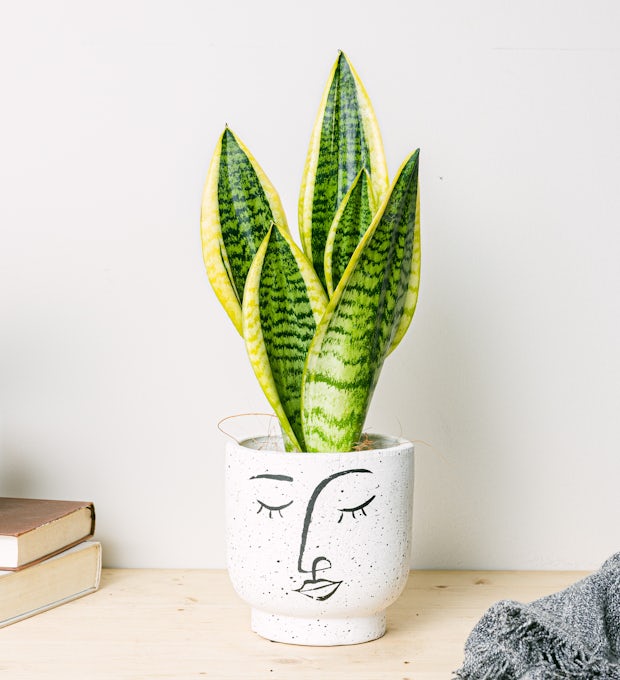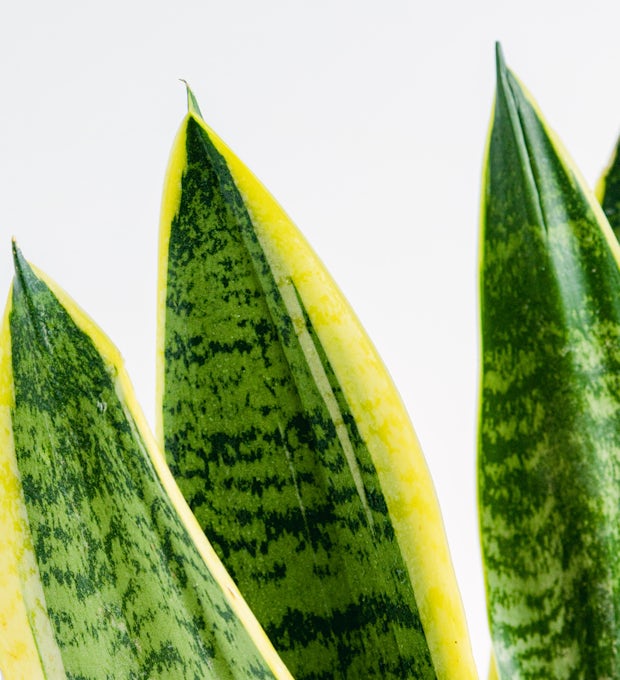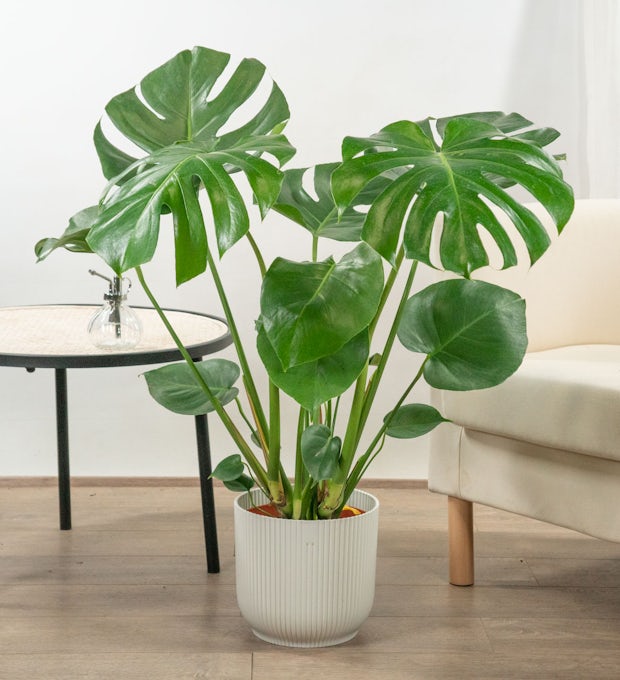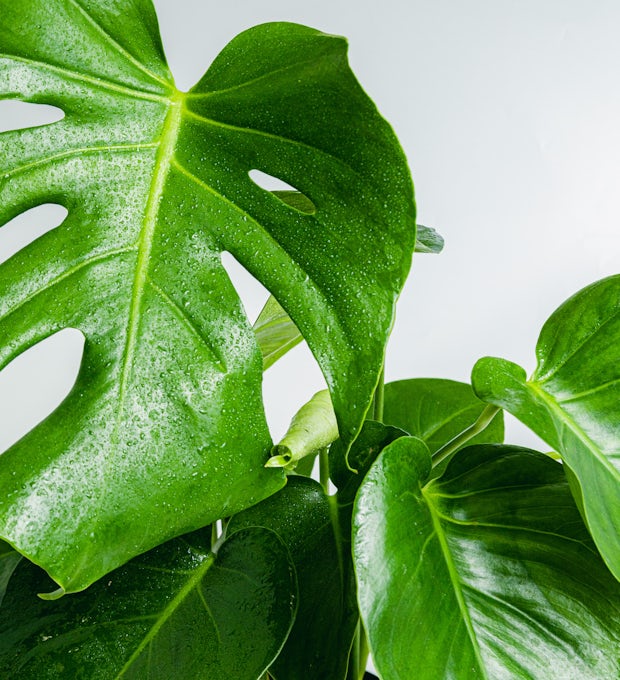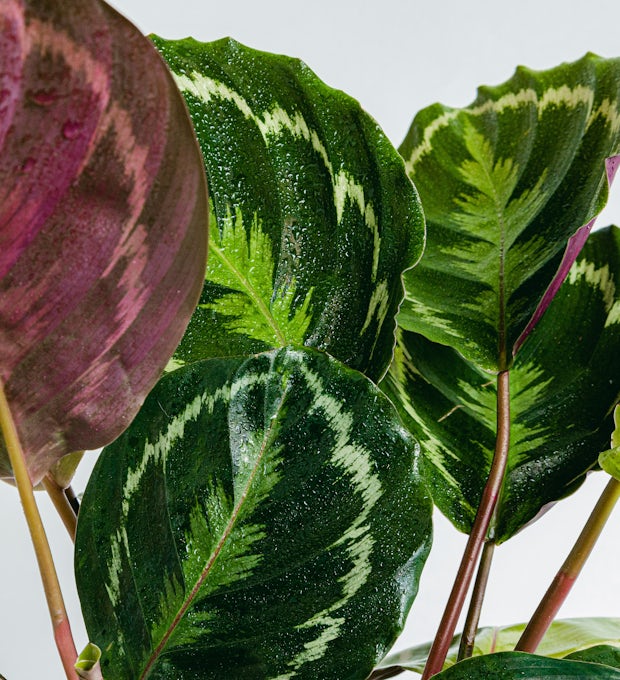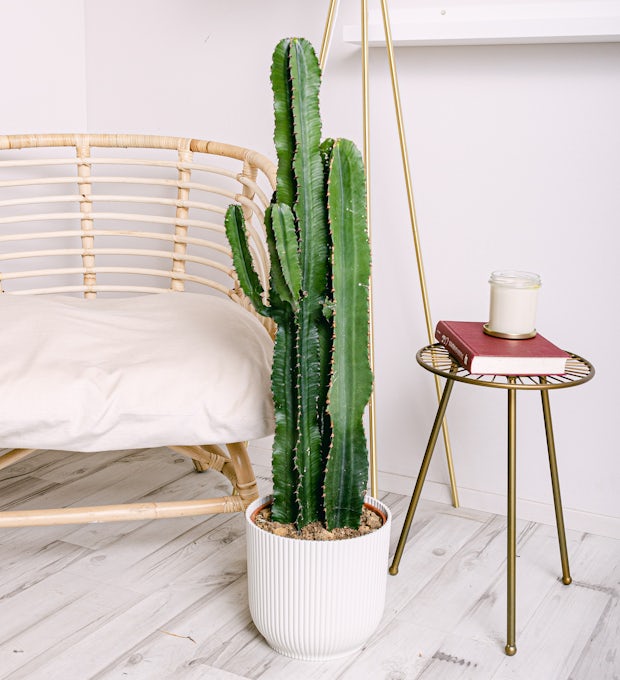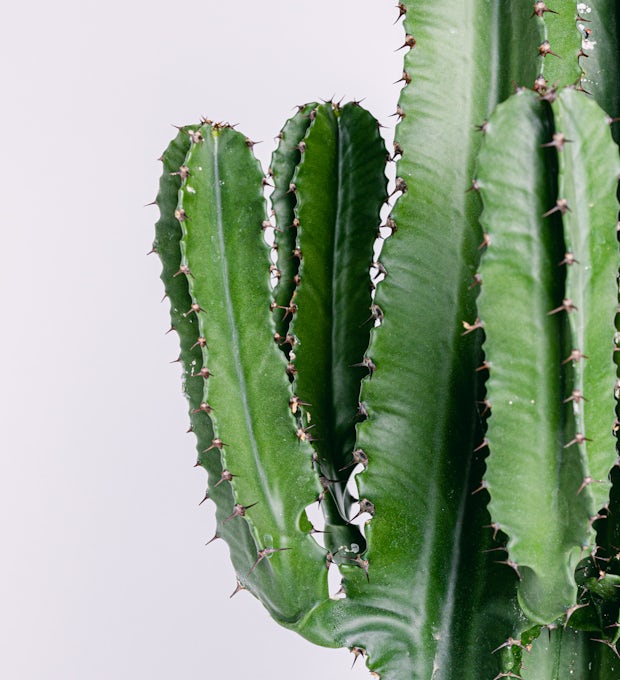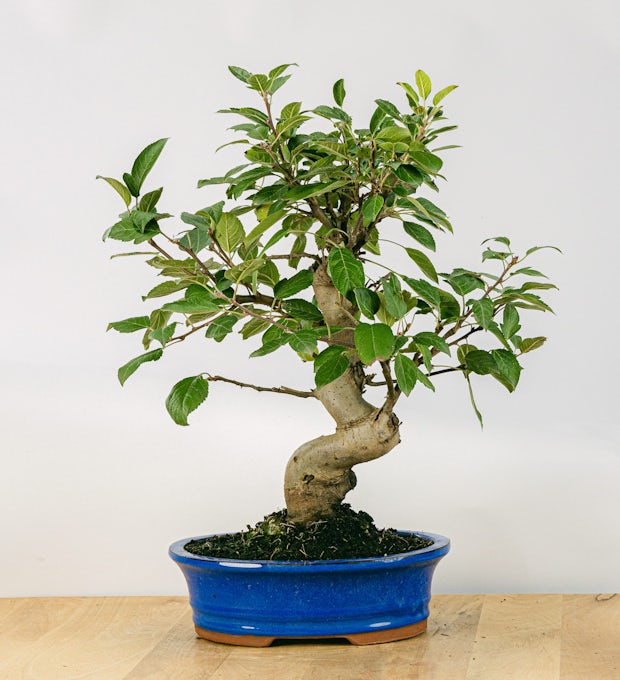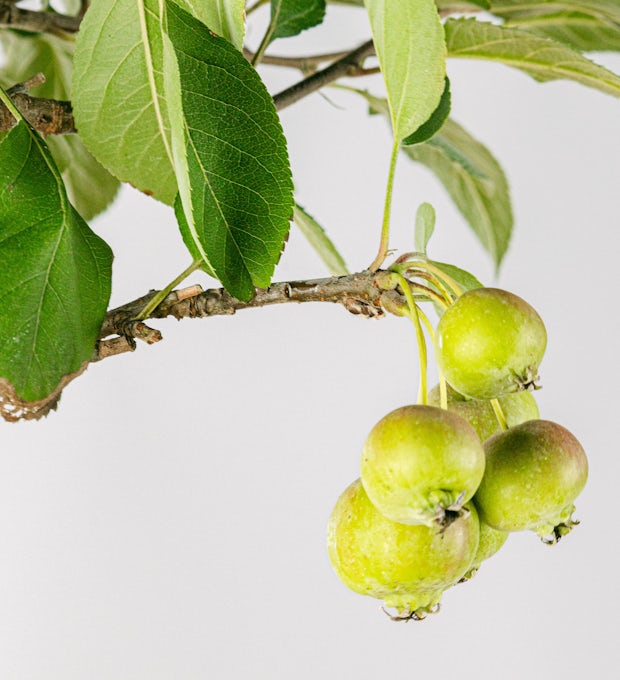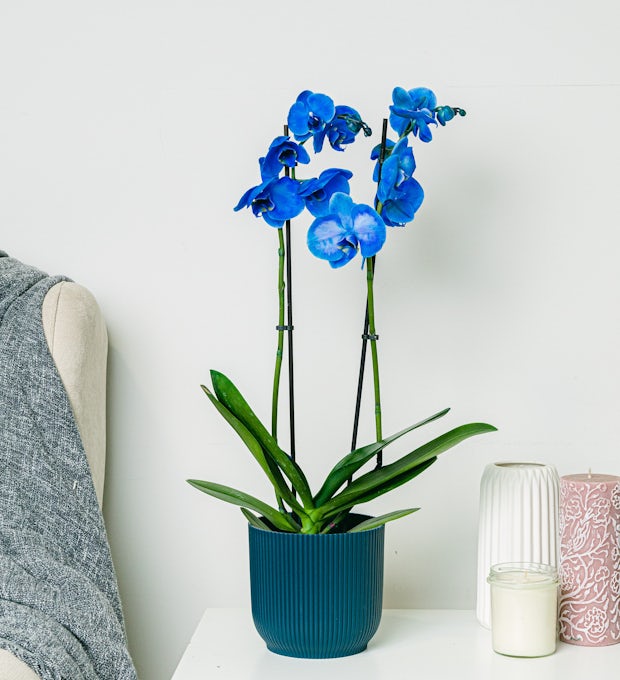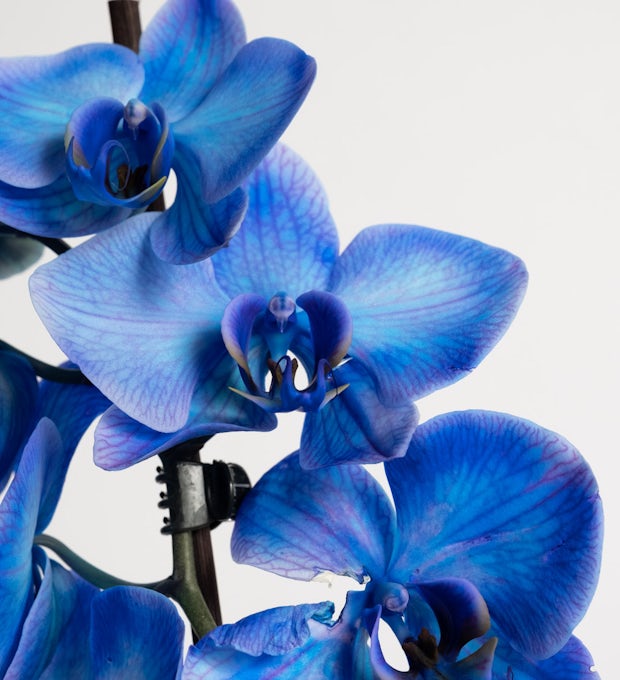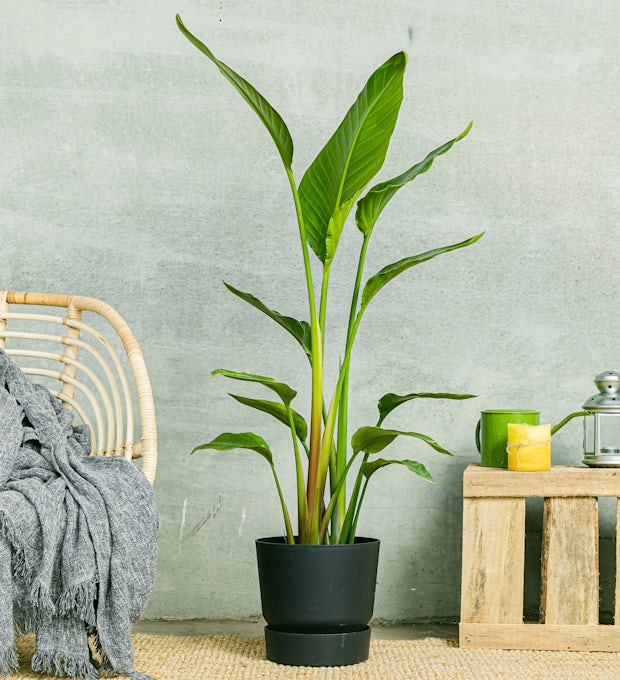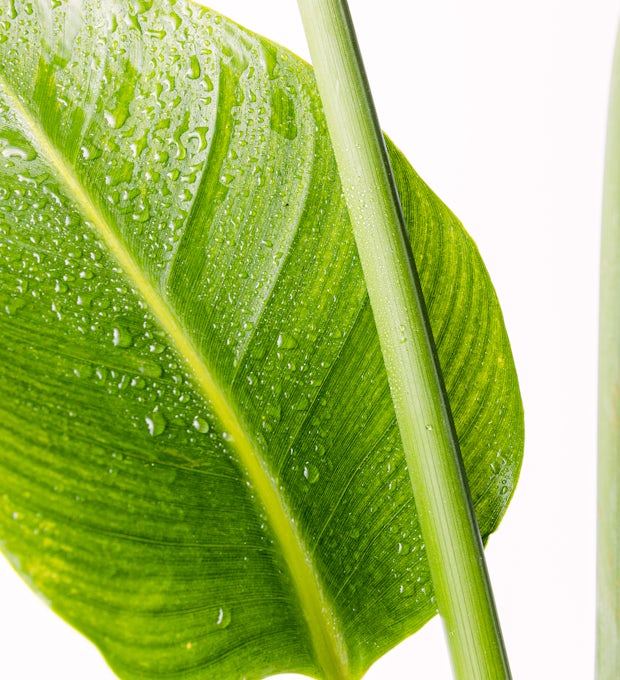Almost everything has a few beliefs surrounding it. Folk wisdom, grandmother's tales or whatever you want to call them, many of these ideas are not even discussed but pass from mouth to mouth, get distorted and end up filling us with false beliefs that limit us. Plants are no exception and there are a lot of stories surrounding them. I bet you've heard a few of these claims and you probably believe a few of them. That's why we've taken it upon ourselves to investigate and debunk a few myths about plants. The idea is not that you'll contradict your neighbour and start a riot, but that you'll learn how to take better care of your green life companions.
The most common myths
- Sleeping with plants is counterproductive
It is said that plants will rob you of oxygen while you sleep, leaving you with poorer air quality and you may even suffocate. This is one of the oldest myths and is completely false. A plant requires very little oxygen, not even 0.1% of a room, while a person consumes barely 3%.
We ship plants to all locations, you can see more options here.
There are species of plants that purify the environment and others release oxygen during the night, so they improve the environment. On the other hand, plants such as lavender have a calming effect that will help you fall asleep better. So not only is this myth false, but having plants in the bedroom can be very positive.
- Yellow leaves mean you have over-watered your plants
Chlorosis, which is the name given to this problem of leaf discolouration, can occur for a number of reasons. While they may appear to be caused by over-watering, they are also a symptom of under-watering, a shortage of certain nutrients, too much sun and many other causes.
There are no universal symptoms or solutions, it is necessary to understand that each plant is a living being that has particular needs and problems, so it is best to pay attention to its care to rule out the causes of chlorosis.
- All plants must receive the sun's rays
My grandmother used to say this, so she took my calathea out for a sunbath. As a result, almost all of its leaves were burnt and it nearly died. While it is true that all plants need sunlight, not all species are prepared to receive the sun's rays directly on their leaves. If you expose semi-shade plants to direct sun you will end up causing severe sunburn and they could die.
In fact, if you have direct sun plants that are very young, you cannot leave them in full sunlight because they will also suffer burns. They need to be acclimatised gradually so that they can take advantage of direct sunlight. It is important to research what kind of plants you have, what the living conditions are like for that species in its place of origin and try to recreate it as much as possible. That said, a good number of houseplants are of tropical origin, but they are from the rainforest where they live in the shelter of very tall trees that filter the sun's rays, so it is best to consult with the experts and abide by the recommendations.
We ship plants to all locations, you can see more options here.
- If you use large pots, the plant will grow too big
Many people use pots like mothers who buy their children clothes one or two sizes too big, because if the child grows, they won't grow out of the clothes as quickly. Some people also believe that if the plant has a lot of room to grow, then it will get bigger faster. Big mistake, because a giant pot can slow down the growth of your plant or even kill it.
Plants need space to stretch their roots, but too much space has the opposite effect as the plant will end up investing more energy in expanding its roots in order to take advantage of the nutrients in the substrate, so branches and leaves will not grow. Another risk of giant pots is that they store too much moisture, which can lead to root rot. It is better to use a slightly larger pot (an extra 4 cm in diameter is sufficient) than the previous one and change it a little more frequently if necessary.
- Clean leaves with milk to make them shiny
Cleaning the leaves of plants is important, because then there will be nothing to disrupt photosynthesis. But milk, mayonnaise, beer or yoghurt only leave a sticky residue on the leaf. This attracts more dust, clogs the pores of the plant and far from optimising photosynthesis and respiration, it ends up disrupting it. On top of that, it smells bad, attracts insects and diseases.
We ship plants to all locations, you can see more options here.
You only need water to clean the leaves. Use a soft cloth and some purified or mineral water (to avoid chlorine or minerals that stain the leaves) and wipe off the dust. This is more than enough to keep them shiny and healthy.
- Putting a nail in the pot provides iron
Plants need various nutrients and minerals, including iron. But putting cloves, bolts or lentils in the substrate does not provide any of these nutrients. While this is not harmful to the plant, it can prevent the use of real fertilisers because it is believed that cloves are enough. Forget strange recipes or shortcuts: use fertilisers and nutrients that are right for your plant.
- Cacti are bad luck
This myth comes from the misinterpretation of Feng Shui, which says that plants and pointed objects have a stronger or violent energy, so they should be positioned in the right baguas. Note that they don't say you shouldn't have them, but that you should know how to place them. So unless you are a die-hard follower of Feng Shui, it is a bit silly to reject the symmetrical and interesting beauty of cacti.
- Pruning or watering plants during menstruation dries them out
The myth that women are "impure" during their menstrual period is an ancient idea that has no scientific basis beyond the misogynistic and sexist beliefs of one group of people. It is absurd that in the 21st century such silly ideas are still being reproduced. Menstruation has no effect on the health of your plants, so you can continue to take care of them without fear of anything.
- It is better to water at night
This is completely false. When to water depends on the season. However, each plant species and each plant is a unique individual, so you can see what works best for them in terms of watering.
My personal guide is simple: if it's hot, it's best to water very early in the day, before the sun gets too intense. This is so that the soil absorbs the water well and doesn't dry out so quickly. Also, by the time the sun rises there will be no drops on the leaves that can act as a magnifying glass and burn them. If temperatures are low, then water during the day because watering too early or too late risks the water freezing and affecting the plant.
We ship plants to all locations, you can see more options here.
- Water succulents too little
Many people think that succulents barely require a trickle of water and so are slowly killing them. It is very true that the frequency of watering cacti and succulents is relatively low, but it is necessary to water generously and abundantly in order for the plant to regain the moisture it loses each day. However, this will depend on the type of substrate, the ambient temperature and even the season of the year.
- It is necessary to have a watering schedule
Watering every Saturday, for example, is a widespread practice. It is practical and you will remember to do it, but it is not always positive, because each plant has very different needs, even if they are of the same species. Location, ambient temperature, even the size and type of pot are factors that determine the water needs of the plant. It is best to have one day a week to check the substrate of each plant to determine if watering is necessary or not. If you find it difficult to know whether or not watering is needed, use your fingers, a small stick or better yet, get a moisture meter.
